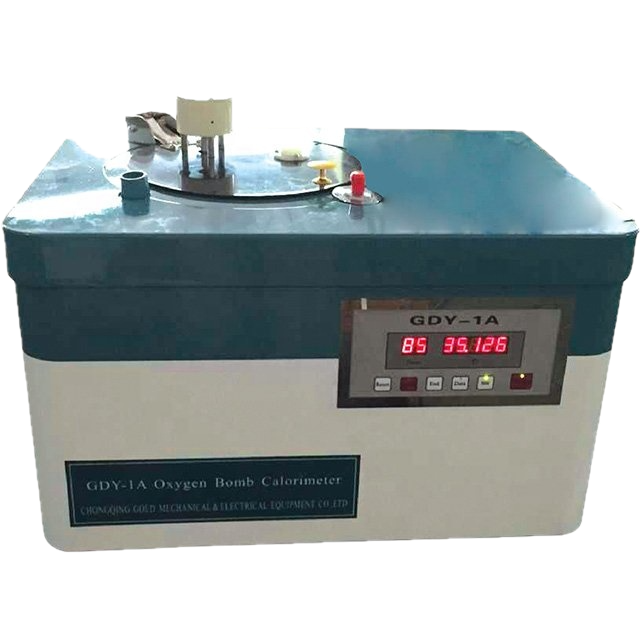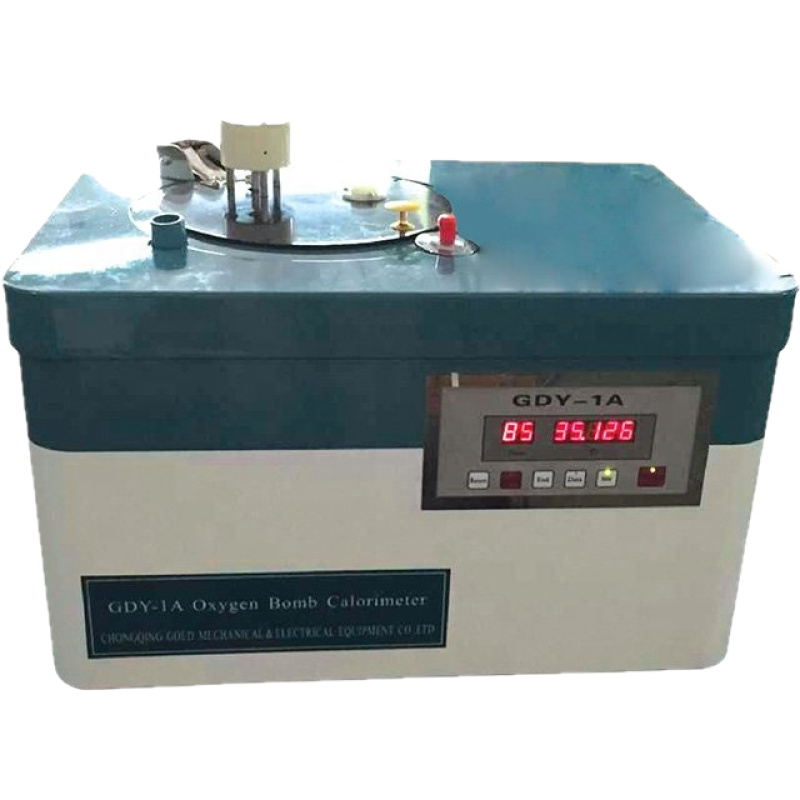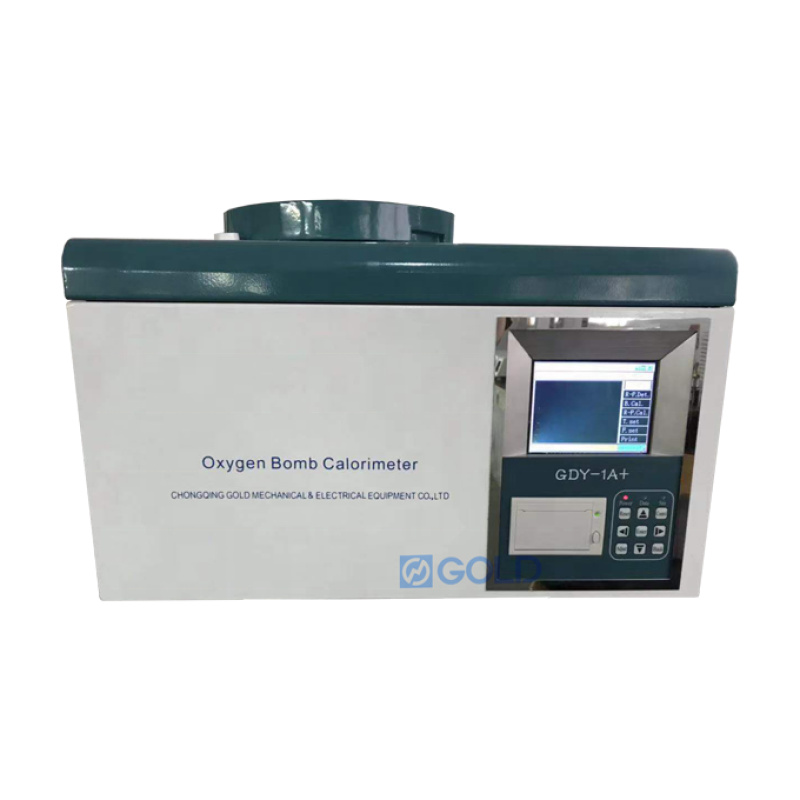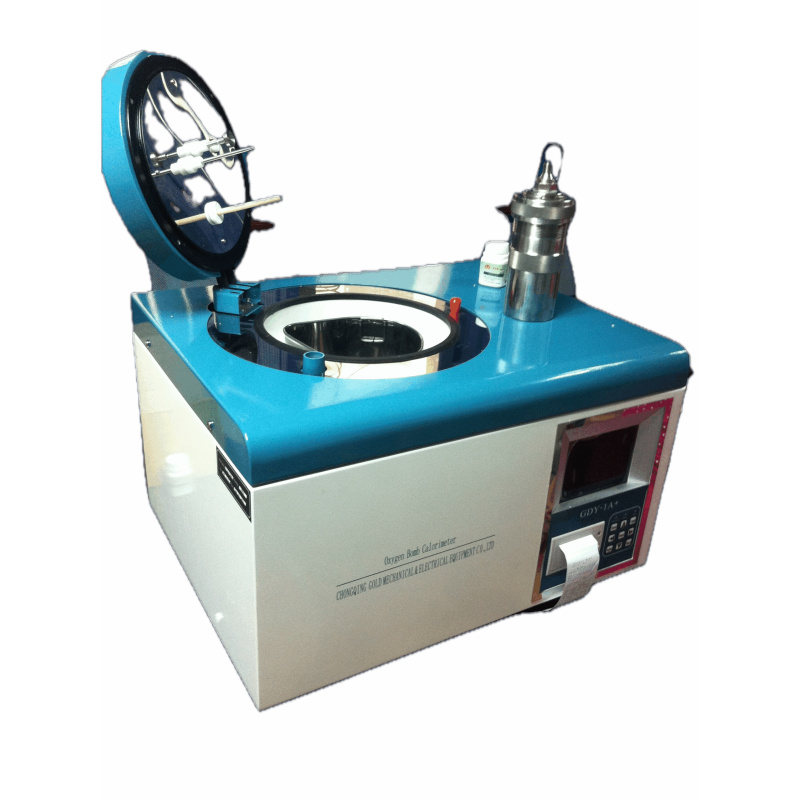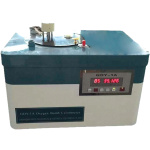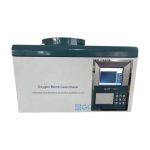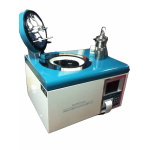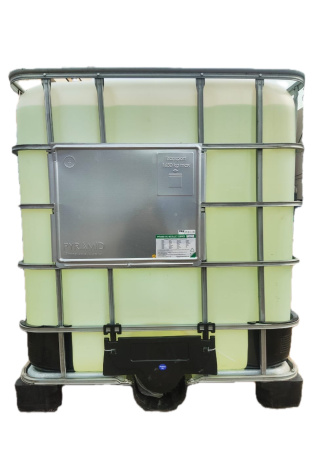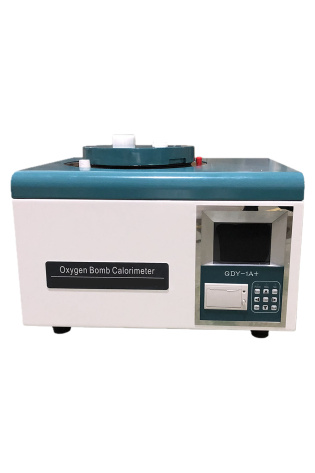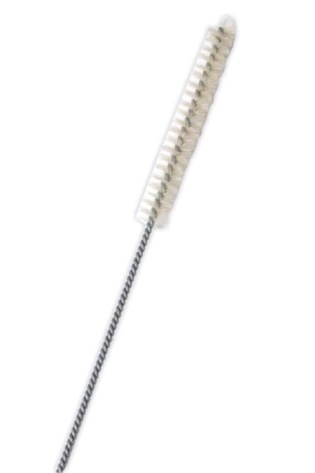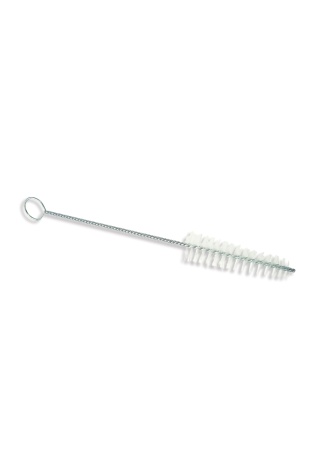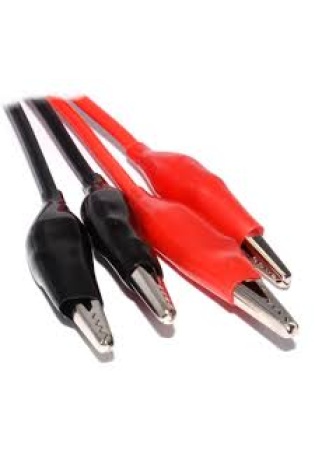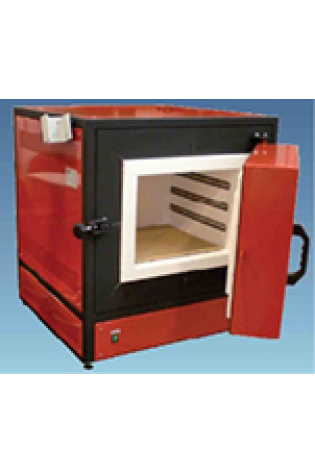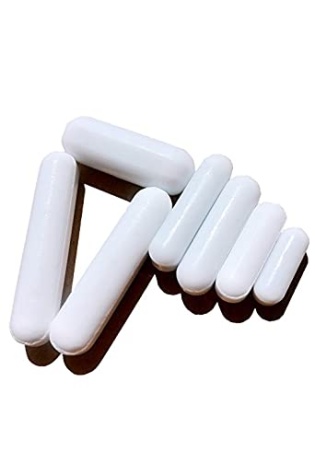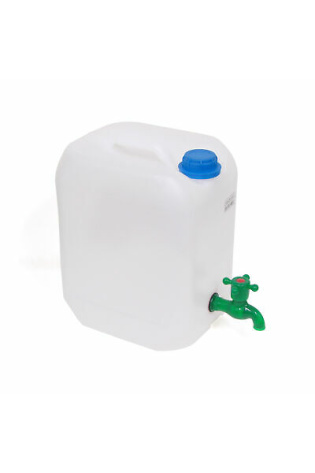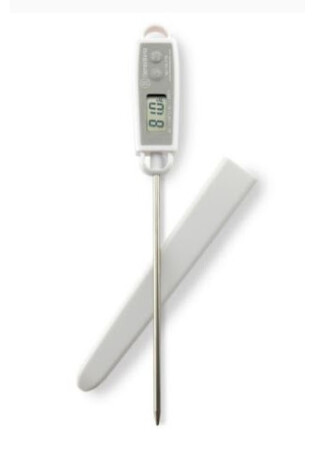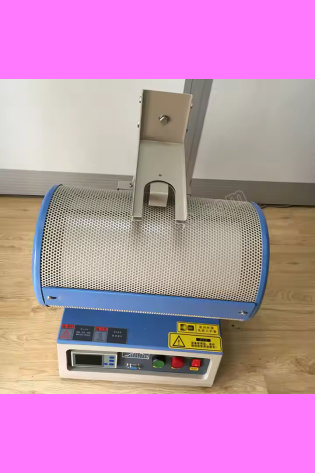Oxygen Bomb Calorimeter-Automatic
Oxygen Bomb Calorimeter-Automatic GD-3400
Automatic Animal Feed Calorimeter Special Designed for Animal Feed Calorific Value Testing
Introduction:
GD-3400 Automatic Animal Feed Calorimeter Special Designed for Anaimal Feed Calorific Value Testing is mainly used by energy detection institutions to measure the calorific value of combustible materials.
This detector is widely applied to feed detection, petroleum, chemistry, timber, scientific research, food, coal and various other industries.
Oxygen Bomb Calorimeter-Automatic Specifications:
No.Item
GD-3400 Automatic Animal Feed Calorimeter
1. Power supply. 220V ± 10%, 50Hz
2. Power. 30W
3. Size. 600mm*460mm*550mm
4. Weight. 30kg
5. Ignition voltage. AC: 22V
6. Reference heat capacity. about 10600 (J/K)
7. Water capacity of the outer cylinder. about 40L
8. Water capacity of the inner cylinder. about 2.1L
9. Ignition duration. 3 – 6 seconds (adjustable)
10.Temperature measuring range. 0.0000℃ – 45.0000℃
11.Resolution ratio 0.0001℃
12.Measurement accuracy Better than the national standard GB/T213-2008
13.Operating environment. Room temperature 5 – 40℃; relative humidity should be ≤ 85%
14. Reference Standard. ASTM D240
Test Principles:
The calorific value of feed is measured in an oxygen bomb calorimeter. A certain amount of analytical samples burn in the oxygen bomb filled with excessive oxygen; the heat generated by burning is conducted through the cylinder wall to a certain amount of inner cylinder water and the calormetric system (including the inner cylinder, oxygen bomb, blades and temperature probe) for absorption. Temperature rise of water is proportional to the heat released by the burning of samples.
Heat capacity is the amount of heat absorbed by the calormetric system for 1℃ rise in temperature; it is expressed in J/K. Heat capacity is determined by burning a certain amount of standard calormetric substance- benzoic acid – under similar conditions.
Base on the temperature rise of the calorimetric system before and after ignition of samples and heat capacity of the system to correct additional heat (such as ignition heat) and obtain bomb calorific values of the samples (express them in J/g).
Deduct the heat of nitric acid formation and that of sulfuric acid correction (difference between the heat of sulfuric acid formation and that of sulfur dioxide) from bomb calorific values and obtain the gross calorific value
Correct the heat of vaporization of water (water in the detected object and water generated by the combustion of hydrogen) in the detected object and obtain the low calorific value of the detected object.
